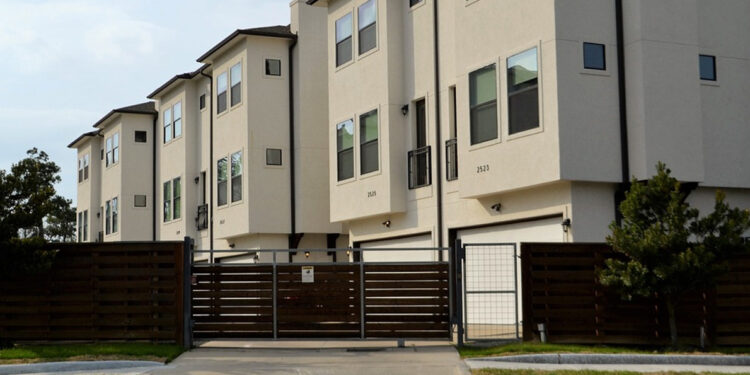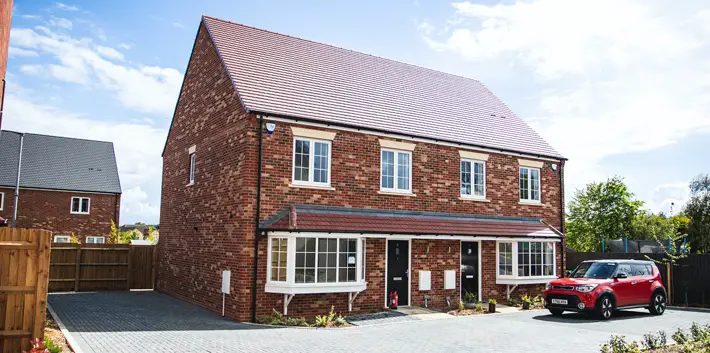Shared Ownership in the UK

Shared Ownership is a government-sponsored home buying scheme that has the potential to help many people own their own homes. To use the scheme, you must meet specific criteria. This article analyzes how Shared Ownership works in general and how to get the most out of it.
What is Shared Ownership?
Shared Ownership is a government-owned home buying scheme that allows you to buy a share of a property from a housing association. The scheme extends to new developments and the secondary market.
You can find a home that can be purchased under the Shared Ownership scheme using online real estate platforms like korter.co.uk. By selecting Shared Ownership in the purchase scheme filter, you will see all available new developments that fall under this plan. Then you can do some research to find the best option. On the website, you can also read a detailed description of residential complexes, see images and floor plans.
When using the Shared Ownership scheme, the buyer only takes out a mortgage for the particular share of the house they purchase. The rest of the rent is paid to the housing community. That is, the buyer obtains a mortgage for a much smaller amount then when they would buy the whole property.
How to use Shared Ownership?
To become a member of the Shared Ownership scheme, you must meet the following criteria:
● Be over 18 years of age
● If you live in London, your annual household income must not exceed £90,000. All the available Shared Ownership homes in London can be found right here.
● If you do not live in London, your household income must be less than £80,000.
● You do not have to be a first-time buyer, but you must prove that your previous property is in the process of being sold.
● You must not have mortgage or rent arrears.
● Good credit history is an advantage.
● You must have savings or the ability to give away at least £4,000 to cover the cost of completing a home purchase.
Features of Shared Ownership
Using this scheme, you decide how much of the house you want to own. After that, you make a deposit of at least 5% of the cost of this share. To cover the rest, you can take out a mortgage.
You can also increase your share of the home over time through a process called staircasing. In most cases, you will not be able to obtain 100% possession of the property. Usually, the maximum part is 75%. However, always clarify this matter with the housing association in advance. Usually, the staircasing process takes place in tranches of 10%. The value of a piece of real estate depends on the price of the house at the time of purchase of the share.
Disadvantages of Shared Ownership
While this scheme is an excellent chance to fulfill your dream of owning your home, it can come with some downsides. The housing association may set limits on home improvements and repairs. If you want to change something, you may need special permission.
Another thing is that you will have to pay for the maintenance of the land and the property itself. If you want to sell the property in the future, the housing association can choose the next buyer on its own. Also, the organization may impose restrictions or prohibitions on subleasing.










